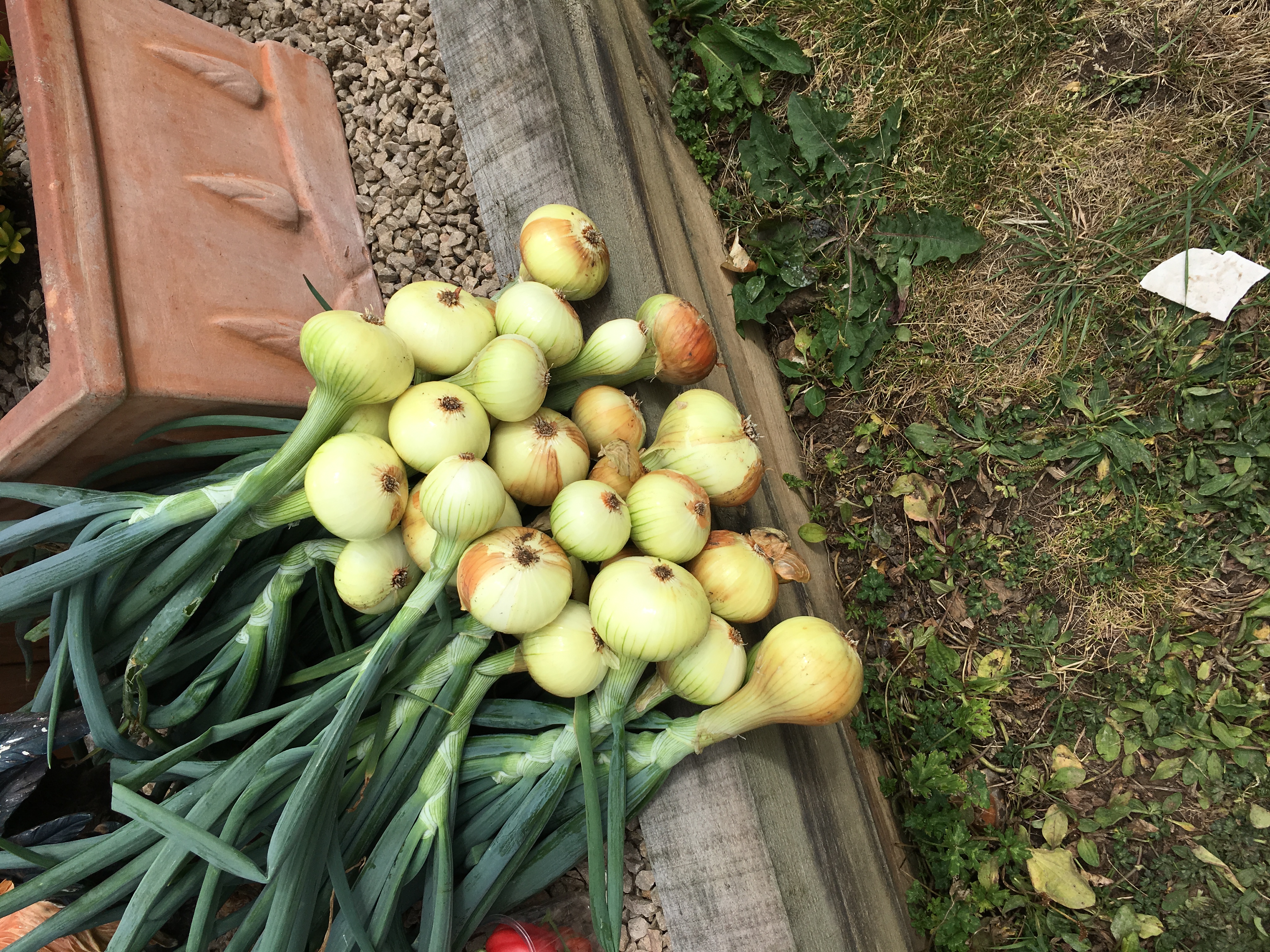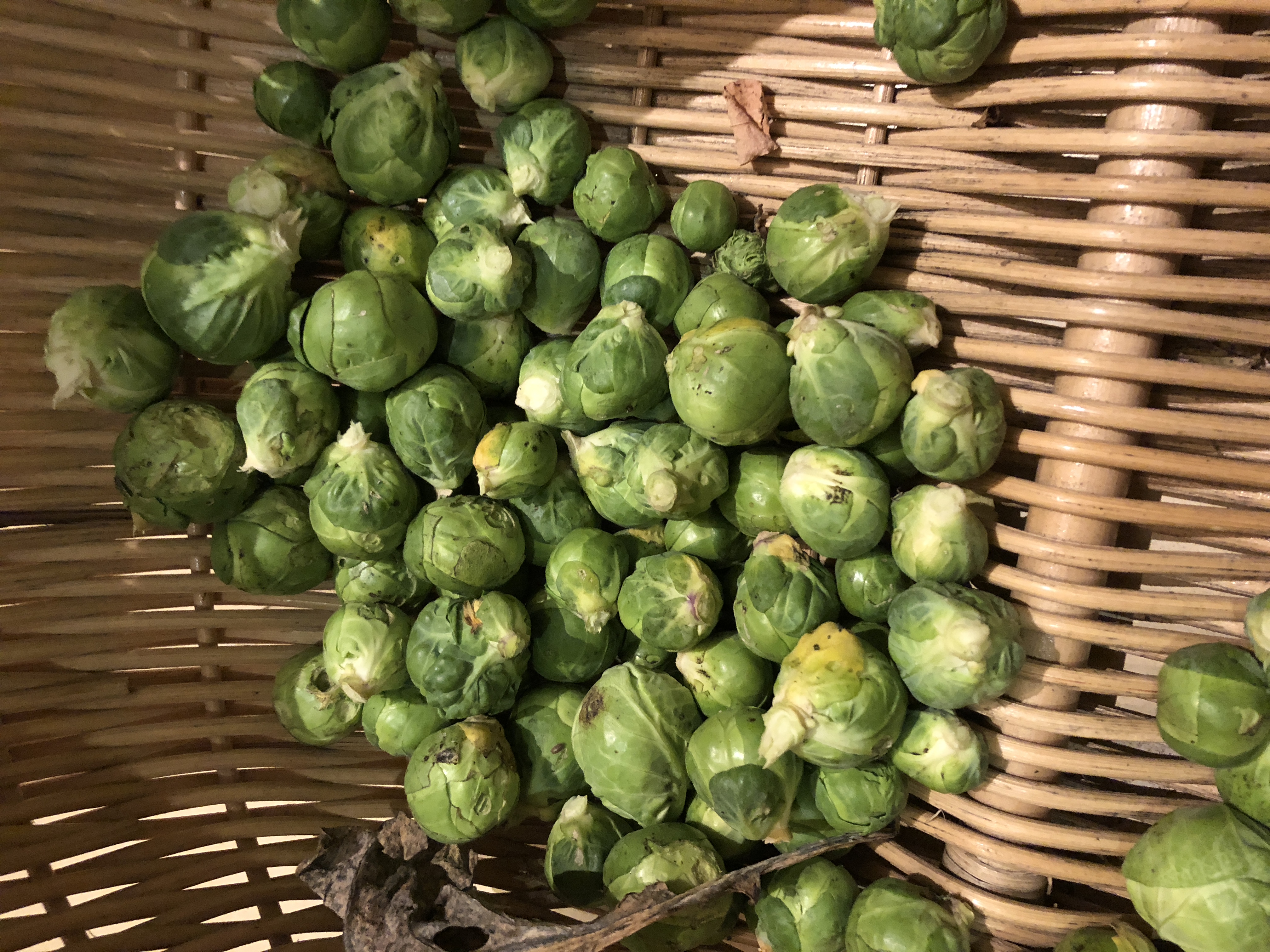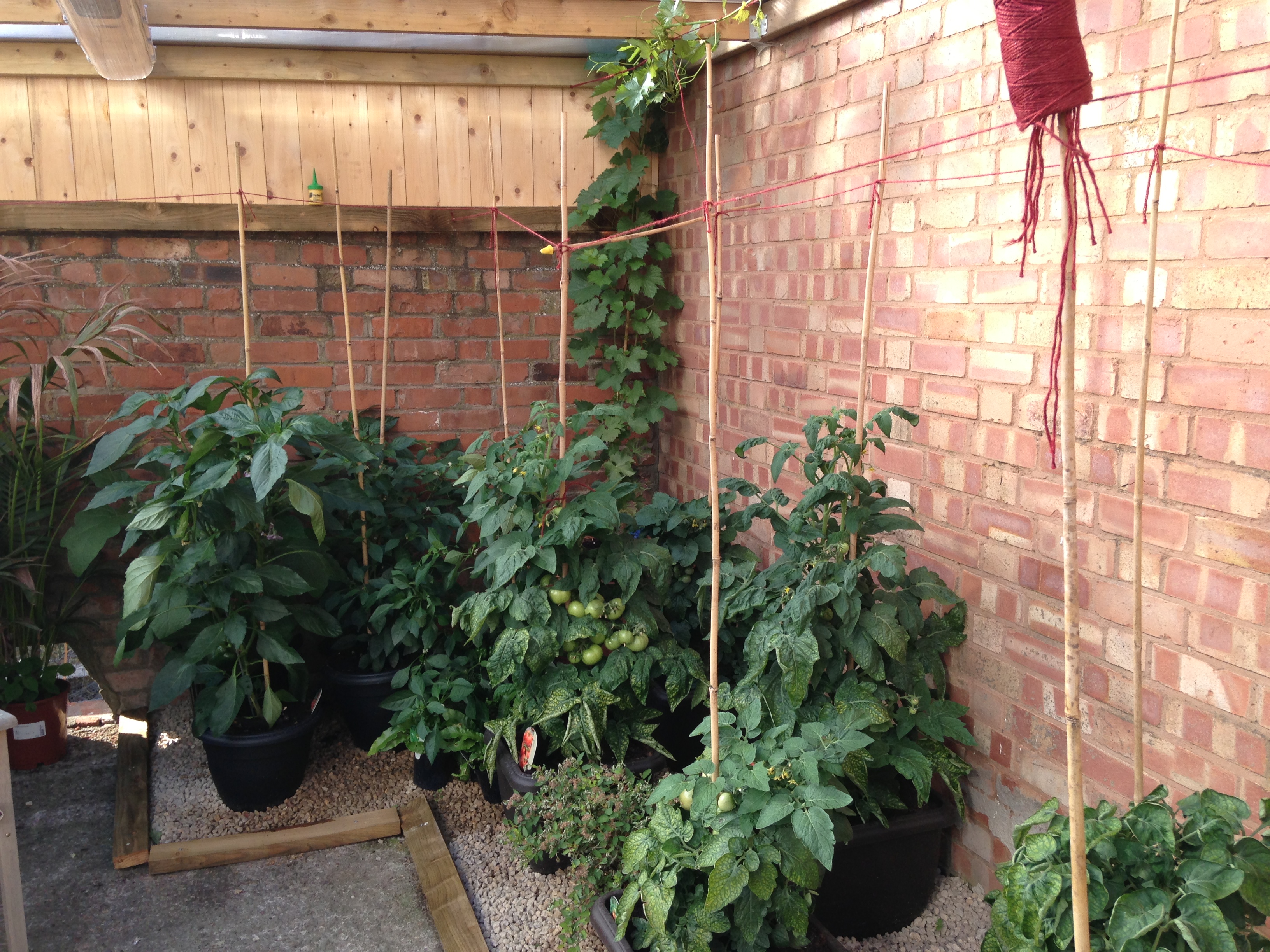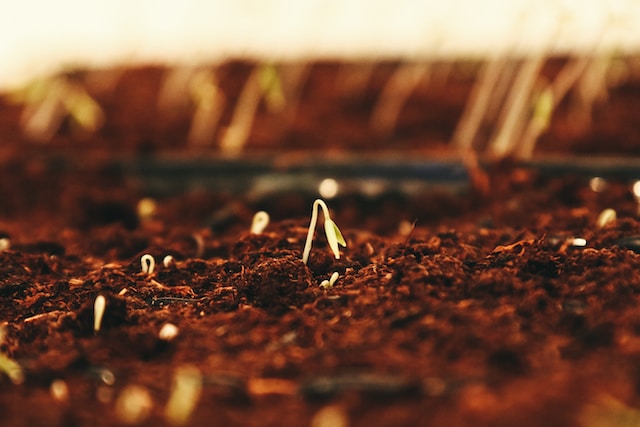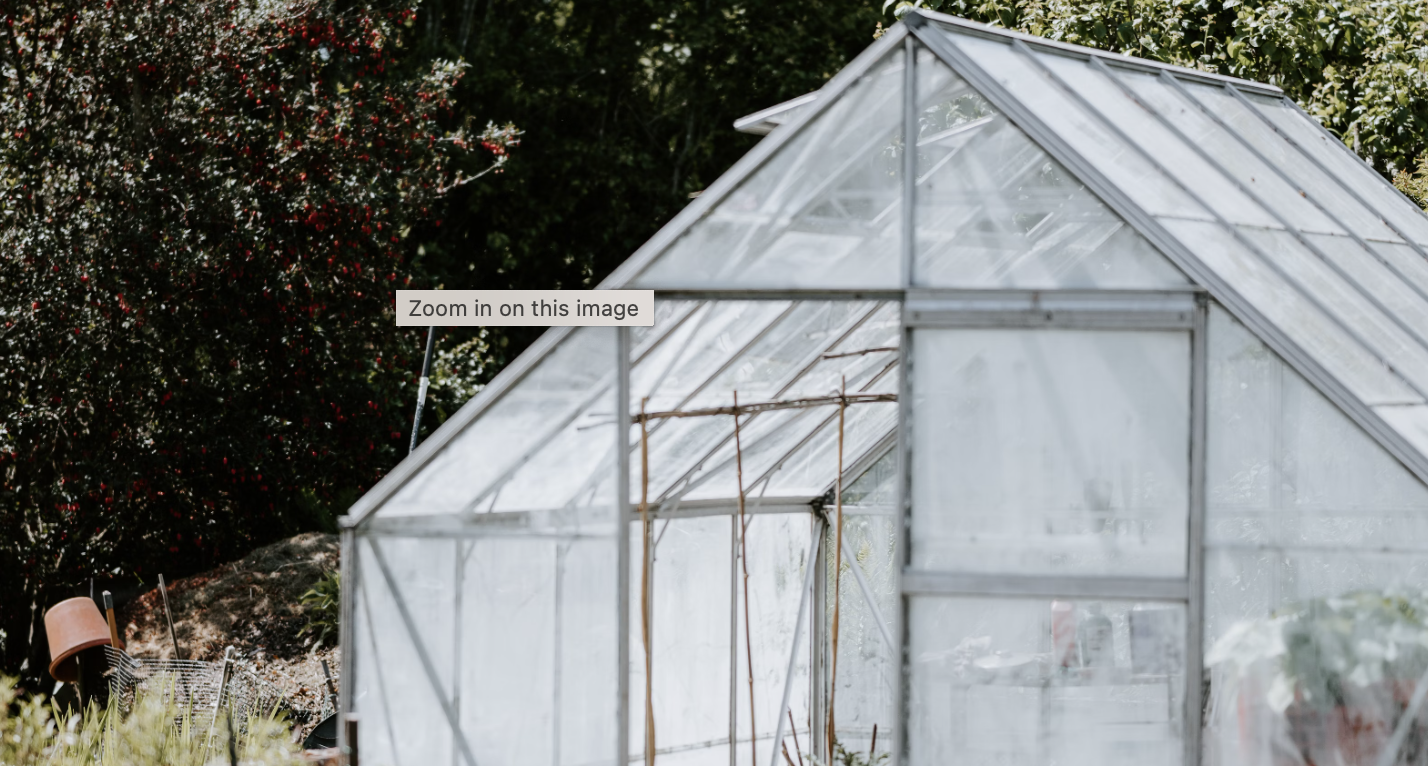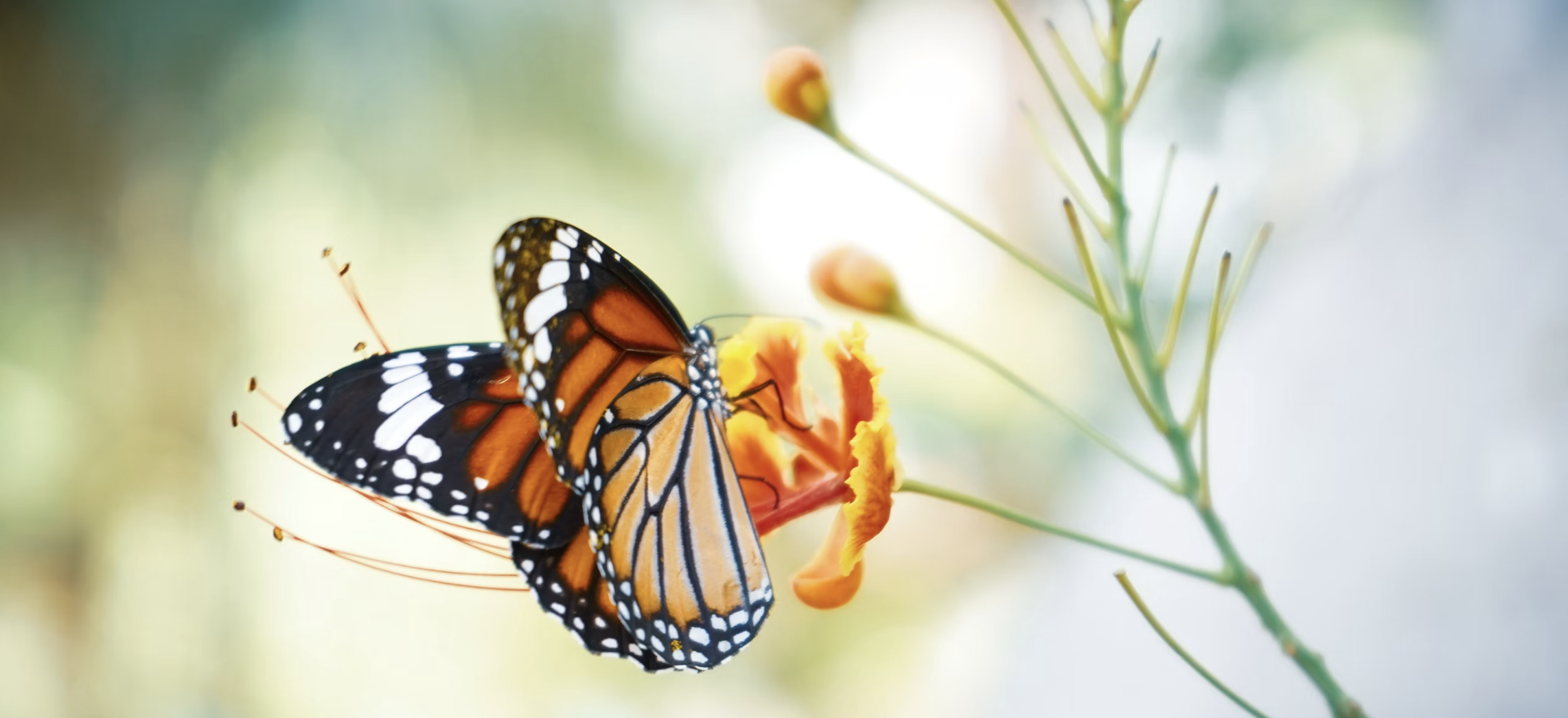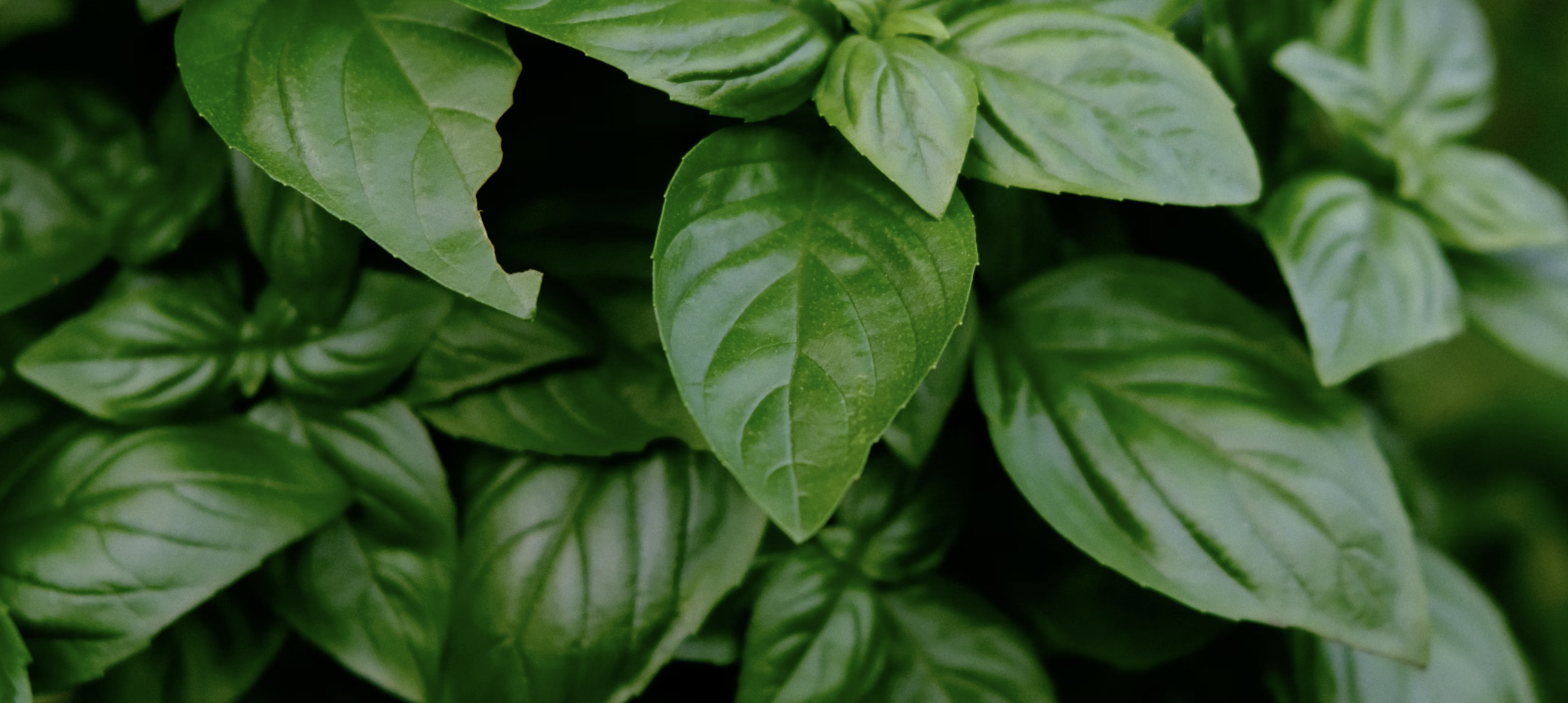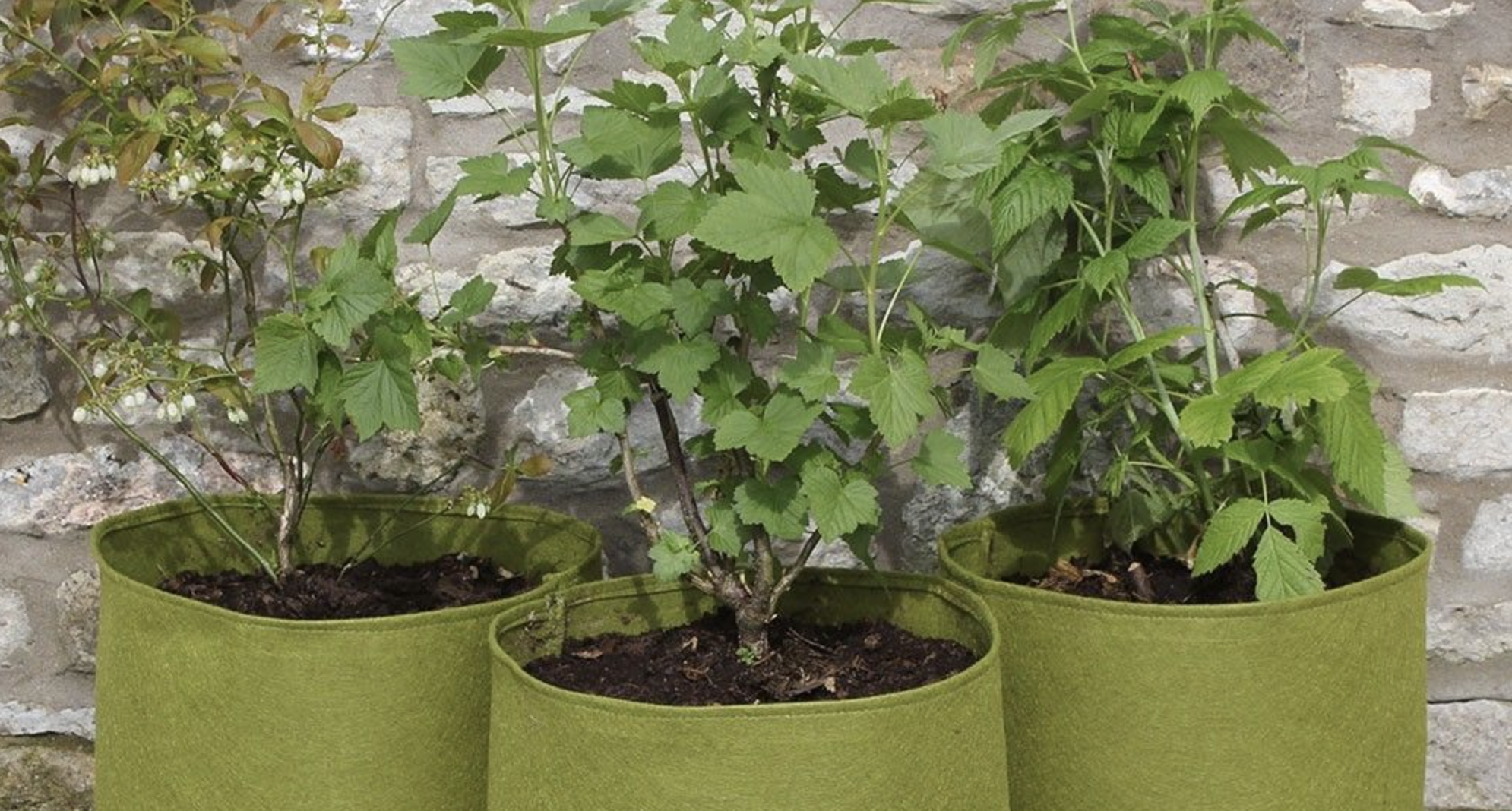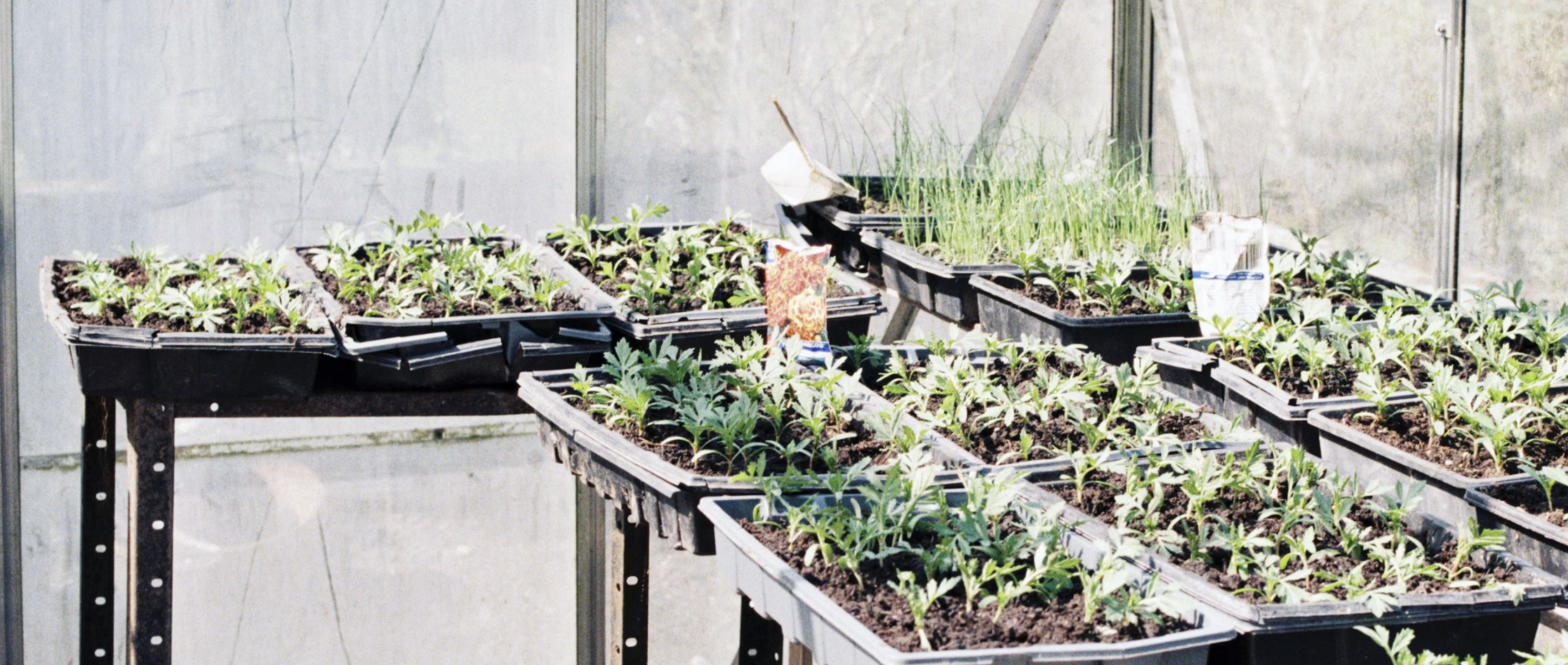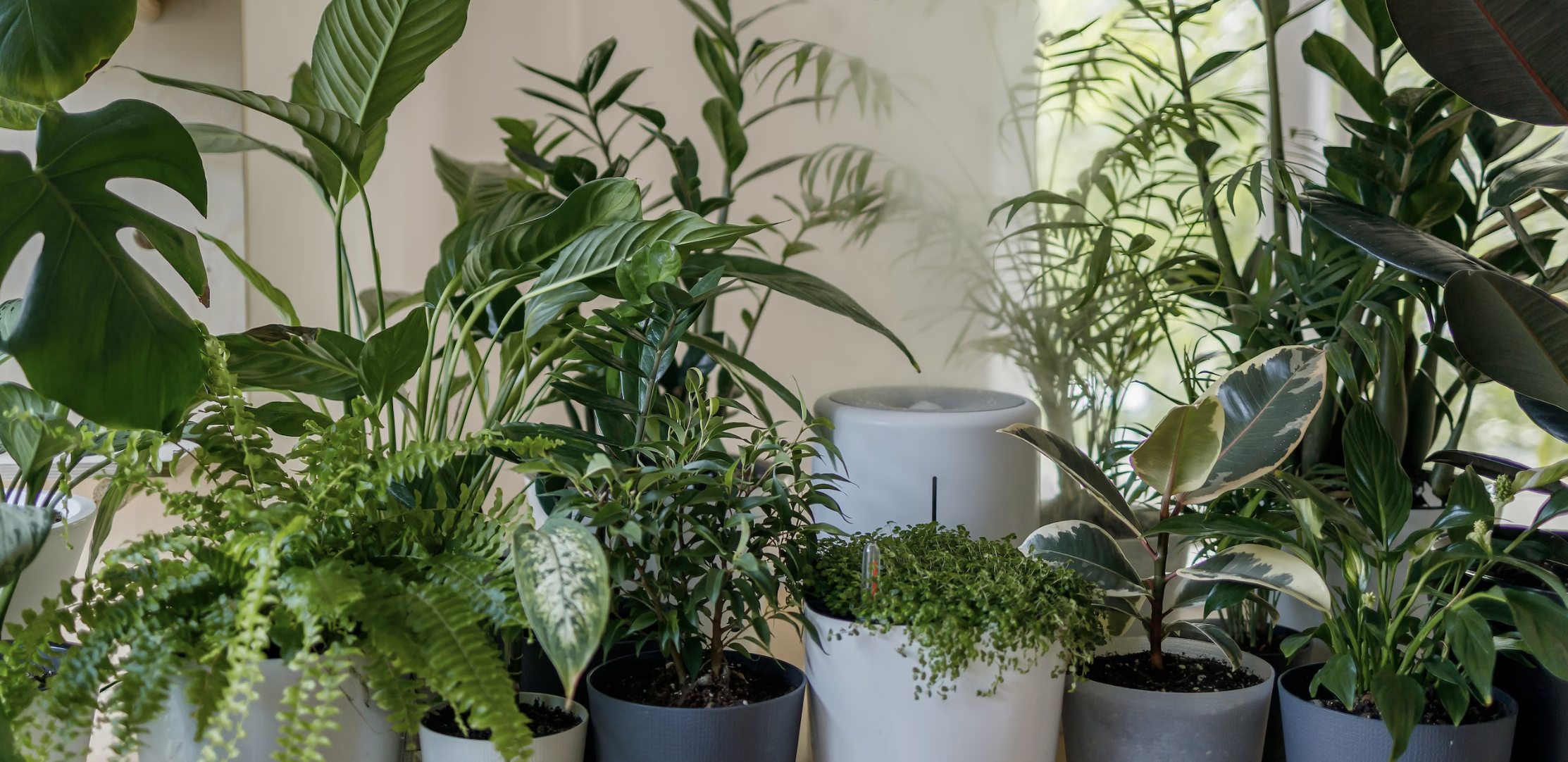
Are you looking to elevate your pea and bean gardening game? Whether you're a seasoned green thumb or just starting out, choosing the right support frame is essential for healthy and productive plants. In this article, we'll explore the various options—from stakes to trellises—and help you make an informed decision for your garden.
Stakes are a classic choice for supporting peas and beans. Easy to install and cost-effective, they provide vertical support for climbing plants. However, if you're looking for more versatility and aesthetic appeal, trellises might be the perfect fit. These durable structures not only support your plants but also add a touch of elegance to your garden.
When selecting your support frame, factors like plant variety, space availability, and personal preference all come into play. It's important to evaluate the strength, height, and ease of installation of different options. Additionally, consider the maintenance requirements and long-term durability of the support frame.
Whether you opt for stakes or trellises, choosing the perfect support frame will ensure that your pea and bean plants thrive and produce an abundant harvest. So, let's dive into the world of support frames and help your garden reach new heights!
Why do peas and beans need support frames?
Peas and beans are climbing plants that need support to grow vertically and reach their full potential. Without a support frame, these plants can sprawl on the ground, making it harder to harvest the fruits and increasing the risk of disease. By providing a support structure, you help the plants grow in a controlled manner, improve air circulation, and maximize sunlight exposure. This leads to healthier plants and higher yields.
Support frames not only promote proper growth but also reduce the risk of pests and diseases. When peas and beans are supported off the ground, it becomes more difficult for pests to access the plants. Additionally, increased air circulation helps prevent the development of fungal diseases, such as powdery mildew. Therefore, investing in a suitable support frame is crucial for the success of your pea and bean plants.
Different types of support frames for peas and beans
There are several types of support frames available for peas and beans, each with its own advantages and considerations. The choice of support frame depends on various factors, including the plant variety, available space, and personal preference. Let's take a closer look at the options:
Stakes
Stakes are a classic choice for supporting peas and beans. These tall, sturdy poles provide vertical support for climbing plants. Stakes can be made from wood, bamboo, metal, or even PVC pipes. They are driven into the ground near the plants and can be tied together with twine or wire to create a structure. The height of the stakes should be determined by the maximum height the plants are expected to reach.
One of the biggest advantages of using stakes is their cost-effectiveness and ease of installation. Stakes are readily available and can be easily inserted into the ground. They also allow for flexibility in terms of spacing between plants. However, stakes may require regular maintenance, especially if they are made from wood and are prone to rotting over time. Additionally, they may not provide as much support as other options, especially for heavier crops or when dealing with strong winds.
Trellises
If you're looking for more versatility and aesthetic appeal, trellises might be the perfect fit for your garden. Trellises are durable structures that not only support your plants but also add a touch of elegance to your garden. They can be made from various materials, including wood, metal, or even recycled materials like old ladders or pallets.
Trellises come in a wide range of designs, from simple grids to intricate patterns, allowing you to choose the style that complements your garden. They can be freestanding or attached to a wall or fence, depending on your preference and space availability. Trellises provide excellent support for climbing plants, allowing them to grow vertically and reducing the risk of diseases.
However, trellises may require more effort and resources to install compared to stakes. They also require periodic maintenance, such as pruning and tying up the plants, to ensure they grow properly on the trellis. Yet, the benefits of trellises, including their visual appeal and long-term durability, often outweigh the additional effort required.
Now that we've explored the traditional support frames of stakes and trellises, let's move on to modern options such as cages and towers.
Cages
Cages offer a more enclosed and structured support system for peas and beans. They consist of a wire mesh or grid that surrounds the plants, providing support from all sides. Cages are typically made from materials like metal or plastic and can be easily placed around the plants at the time of planting.
One of the major advantages of using cages is the added stability they provide, especially for heavier crops like beans. They also help keep the plants upright, reducing the risk of bending or snapping under their weight. Cages are suitable for both determinate and indeterminate varieties of peas and beans. However, they may take up more space compared to stakes or trellises, so it's important to consider your garden layout and available area before opting for cages.
Towers
Towers are a vertical support option that allows you to maximize space utilization in your garden. These structures are designed to accommodate multiple plants in a compact and efficient manner. Towers can be made from materials like wire mesh, PVC pipes, or even repurposed materials like old gutters or rain barrels.
The advantage of using towers is their ability to support a higher number of plants in a limited space. They are especially suitable for small gardens or those with limited planting areas. Towers can be freestanding or attached to a wall or fence, depending on your preference and available space. However, it's important to ensure that the tower is stable and can withstand the weight of the plants as they grow.
Benefits of using support frames
Using support frames for your pea and bean plants offers numerous benefits that contribute to their overall health and productivity. Here are some of the key advantages:
1. Improved airflow and sunlight exposure: Support frames elevate the plants, allowing better air circulation and reducing the risk of fungal diseases. Additionally, they ensure that the leaves receive maximum sunlight, promoting photosynthesis and plant growth.
2. Easier harvesting: When plants are supported off the ground, it becomes easier to spot and harvest the fruits. You don't have to bend or search through dense foliage, making the harvesting process more efficient and enjoyable.
3. Pest and disease prevention: By keeping the plants off the ground, support frames hinder pests' access to the plants. This reduces the risk of damage from crawling insects and allows for better pest management. Additionally, improved air circulation helps prevent the development of fungal diseases, such as powdery mildew.
4. Space optimization: Vertical gardening with support frames allows you to make the most of limited space. Instead of spreading horizontally, your plants can grow vertically, allowing you to grow more in a smaller area. This is especially beneficial for urban gardeners or those with small yards.
5. Aesthetic appeal: Support frames, such as trellises or towers, can add beauty and visual interest to your garden. They create a focal point and can be customized to match your garden style. Whether you prefer a rustic or modern look, there's a support frame design that will enhance the overall aesthetics of your garden.
When choosing a support frame for your peas and beans, consider these benefits and how they align with your gardening goals and preferences.
Factors to consider when choosing a support frame
When selecting a support frame for your peas and beans, it's important to consider several factors to ensure the best fit for your garden. Here are some key considerations:
Plant variety
Different varieties of peas and beans have different growth habits and requirements. Some are determinate, meaning they grow to a certain height and stop, while others are indeterminate, meaning they continue to grow and produce throughout the season. Determinate varieties may require shorter support frames, while indeterminate varieties may need taller and sturdier structures. Therefore, it's important to determine the growth habit of your chosen plants before selecting a support frame.
Space availability
The size of your garden and the available space for planting will influence the type and size of support frame you can choose. If you have limited space, vertical support frames like trellises or towers may be more suitable, as they allow you to maximize space utilization. On the other hand, if you have ample space, you can opt for larger structures like cages or multiple stakes.
Strength and durability
Consider the strength and durability of the support frame materials. Ensure that they can withstand the weight of your plants, especially as they grow and bear fruits. For instance, heavy crops like beans may require sturdier support structures than lighter crops like peas. Additionally, consider the long-term durability of the materials, as you want your support frame to last for multiple growing seasons.
Ease of installation and maintenance
Evaluate the ease of installation and maintenance of different support frame options. Some frames, like stakes, are simple to install and require minimal effort, while others, like trellises or towers, may require more time and resources. Similarly, consider the level of maintenance required to keep the plants properly supported. Some frames may need regular pruning, tying, or adjustment as the plants grow.
Aesthetic appeal
The visual aspect of your garden is also important when choosing a support frame. Consider the overall aesthetics of your garden and how the support frame will complement the existing elements. Trellises and towers, with their intricate designs and vertical structure, can add an artistic touch to your garden, while stakes and cages offer simplicity and functionality.
By taking these factors into account, you can make an informed decision and choose a support frame that meets your specific needs and preferences.
Traditional support frames - stakes and trellises
Stakes and trellises are the traditional choices for supporting peas and beans. They have been used for generations and continue to be popular among gardeners. Let's explore these classic support frames in more detail.
Stakes
Stakes are a simple and cost-effective way to provide vertical support for your climbing plants. They are typically made from materials like wood, bamboo, metal, or PVC pipes. Stakes are driven into the ground near the plants and can be tied together with twine or wire to create a structure.
One of the advantages of using stakes is their versatility. You can adjust the spacing between stakes to accommodate the growth of your plants. Stakes also allow for better air circulation around the plants, reducing the risk of fungal diseases. Additionally, they are easy to install and can be reused for multiple seasons.
However, stakes may not provide as much support as other options, especially for heavier crops or when dealing with strong winds. They may require regular maintenance, such as checking for stability and tying up the plants as they grow. If you choose wooden stakes, they may also need to be treated to prevent rotting.
Trellises
Trellises offer a more sophisticated and visually appealing support system for your pea and bean plants. They can be made from various materials, including wood, metal, or recycled materials like old ladders or pallets. Trellises come in a variety of designs, from simple grids to intricate patterns, allowing you to choose the style that suits your garden.
One of the main advantages of trellises is their ability to support multiple plants and create a vertical garden. They provide a strong structure for climbing plants to grow on, ensuring proper airflow and sunlight exposure. Trellises also add beauty and charm to your garden, becoming a focal point and enhancing the overall aesthetics.
However, trellises may require more effort and resources to install compared to stakes. They need to be securely anchored and may require periodic maintenance, such as pruning and tying up the plants. Despite these considerations, trellises offer long-term durability and can be a stunning addition to any garden.
Modern support frames - cages and towers
In addition to the traditional support frames of stakes and trellises, modern options like cages and towers have gained popularity among gardeners. These support frames offer unique advantages and can be a great fit for specific gardening situations.
Cages
Cages provide a more enclosed and structured support system for your pea and bean plants. They consist of a wire mesh or grid that surrounds the plants, providing support from all sides. Cages are typically made from materials like metal or plastic and can be easily placed around the plants at the time of planting.
One of the major advantages of using cages is the added stability they provide, especially for heavier crops like beans. The cage supports the plants from all sides, preventing them from bending or snapping under their weight. Cages also create a physical barrier that hinders pests' access to the plants, reducing the risk of damage. They are suitable for both determinate and indeterminate varieties of peas and beans.
However, cages may take up more space compared to stakes or trellises. The wide circumference of the cage can limit the number of plants you can grow in a given area. Therefore, it's important to consider your garden layout and available space before opting for cages.
Towers
Towers offer a unique way to maximize space utilization in your garden. These vertical support structures allow you to grow multiple plants in a compact and efficient manner. Towers can be made from materials like wire mesh, PVC pipes, or even repurposed materials like old gutters or rain barrels.
The advantage of using towers is their ability to support a higher number of plants in a limited space. They are especially suitable for small gardens or those with limited planting areas. Towers can be freestanding or attached to a wall or fence, depending on your preference and available space. However, it's important to ensure that the tower is stable and can withstand the weight of the plants as they grow.
DIY options for support frames
If you enjoy getting creative and want to add a personal touch to your garden, DIY options for support frames can be a fun and rewarding project. Here are a few ideas to inspire you:
1. Bamboo teepees: Create teepee-style structures using bamboo poles tied together at the top. This provides a natural and rustic support frame for your climbing plants.
2. Repurposed ladders: Old ladders can be transformed into unique trellises by adding wire mesh or stringing twine between the ladder rungs. This creates a visually interesting support frame that adds character to your garden.
3. Recycled materials: Consider repurposing materials like old gutters, rain barrels, or wire mesh panels to create custom support frames. With a little imagination, you can turn everyday objects into functional and attractive supports for your pea and bean plants.
When opting for DIY options, ensure that the materials you use are sturdy and able to withstand the weight of the plants. Take into account the size and growth habits of your plants to determine the appropriate dimensions for your DIY support frames.
How to install and maintain support frames
Once you have selected the perfect support frame for your peas and beans, it's important to install and maintain them properly. Here are some general guidelines to help you get started:
1. Installation:
- For stakes, drive them into the ground at least 6 inches deep and ensure they are stable and securely anchored. Space the stakes based on the growth habit of your plants
Recommended support frames for different types of peas and beans
Stakes: Classic and Cost-Effective
Stakes are a classic choice for supporting peas and beans. They are easy to install and cost-effective, making them a popular option among gardeners. Stakes provide vertical support for climbing plants, helping them grow upright and preventing them from sprawling on the ground.
When choosing stakes, it's important to consider the strength and height requirements of your plants. Different varieties of peas and beans have different growth habits and may require taller or sturdier stakes. For example, pole beans can grow quite tall, reaching heights of up to 6 feet, so you'll need stakes that can accommodate their height and weight.
One of the advantages of using stakes is their versatility. You can easily adjust the spacing between stakes to accommodate the growth of your plants. This flexibility allows you to optimize the use of space in your garden and ensure that each plant gets adequate sunlight and airflow. Additionally, stakes are easy to install and remove, making them a convenient choice for gardeners who like to change their garden layout each season.
However, stakes do have their limitations. They may not provide as much support as trellises, especially for heavy or sprawling varieties of peas and beans. If you're growing a large quantity of plants, you may need to install multiple stakes to ensure sufficient support. Stakes can also be less visually appealing compared to trellises, especially if you're looking to create a more aesthetically pleasing garden.
Trellises: Versatile and Elegant
If you're looking for more versatility and aesthetic appeal, trellises might be the perfect fit for your pea and bean plants. These durable structures not only support your plants but also add a touch of elegance to your garden. Trellises come in a variety of designs and materials, allowing you to choose one that suits your garden style and personal preference.
One of the major advantages of trellises is their ability to support heavy or sprawling varieties of peas and beans. Unlike stakes, trellises provide a larger surface area for plants to climb on, offering better support and preventing them from falling over. This is particularly beneficial for plants like pole beans or vining peas that can grow quite tall and require extra support.
Trellises also allow for better airflow and sunlight penetration, which can help prevent diseases and promote healthier plant growth. The open design of trellises allows leaves and pods to hang freely, reducing the risk of fungal infections and improving air circulation around the plants. Additionally, trellises can be used as a decorative element in your garden, adding visual interest and transforming your pea and bean plants into a beautiful vertical display.
When selecting a trellis, consider the material and durability. Wooden trellises offer a natural look but may require regular maintenance and treatment to withstand weather conditions. Metal trellises, on the other hand, are more durable but can get hot in direct sunlight. Choose a trellis that is sturdy enough to support the weight of your plants and will withstand the elements for years to come.
Choosing the perfect support frame for your peas and beans is crucial for their growth and productivity. While stakes offer a classic and cost-effective option, trellises provide more versatility and aesthetic appeal. Consider the specific needs of your plants, available space, and personal preference when making your decision.
Stakes are easy to install, adjust, and remove, making them a convenient choice for gardeners who like to change their garden layout frequently. However, they may not provide as much support for heavy or sprawling varieties of peas and beans. Trellises, on the other hand, offer better support for tall and heavy plants, promote better airflow and sunlight penetration, and add an elegant touch to your garden. Choose a trellis that suits your garden style and is sturdy enough to withstand the elements.
Conclusion
Whether you opt for stakes or trellises, choosing the perfect support frame will ensure that your pea and bean plants thrive and produce an abundant harvest. Stakes provide a classic and cost-effective solution, while trellises add elegance and versatility to your garden. Consider the specific needs of your plants, the available space, and your personal preferences before making a decision. With the right support frame in place, your pea and bean plants will climb to new heights and bring joy to your garden for seasons to come. Happy gardening!




